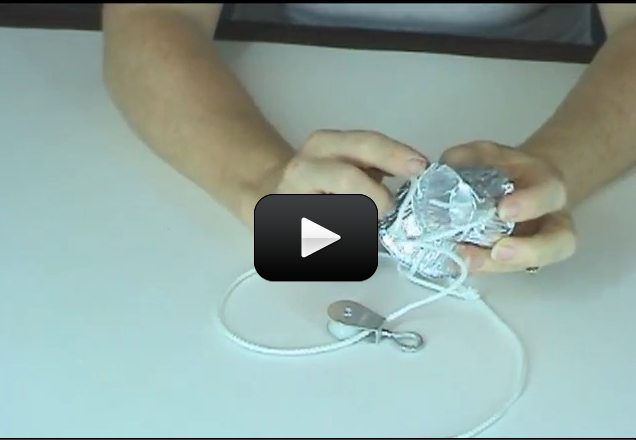Are you curious about pulleys? This set of experiments will give you a good taste of what pulleys are, how to thread them up, and how you can use them to lift heavy things.
We’ll also learn how to take data with our setup and set the stage for doing the ultra-cool Pulley Lift experiments.
Are you ready?
Please login or register to read the rest of this content.

